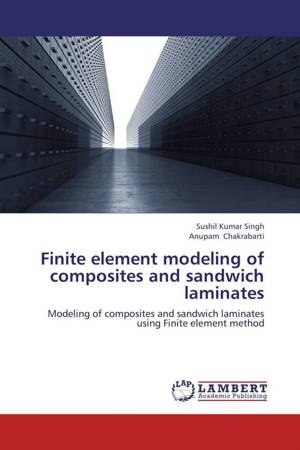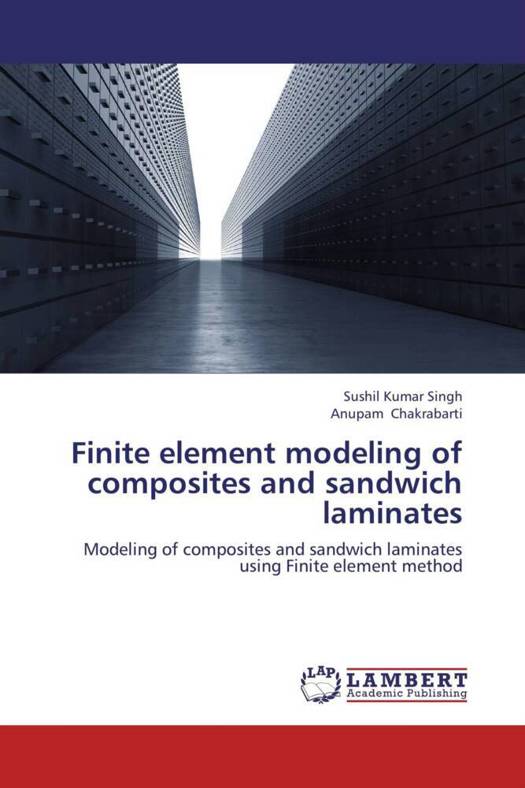
Je cadeautjes zeker op tijd in huis hebben voor de feestdagen? Kom langs in onze winkels en vind het perfecte geschenk!
- Afhalen na 1 uur in een winkel met voorraad
- Gratis thuislevering in België vanaf € 30
- Ruim aanbod met 7 miljoen producten
Je cadeautjes zeker op tijd in huis hebben voor de feestdagen? Kom langs in onze winkels en vind het perfecte geschenk!
- Afhalen na 1 uur in een winkel met voorraad
- Gratis thuislevering in België vanaf € 30
- Ruim aanbod met 7 miljoen producten
Zoeken
Finite element modeling of composites and sandwich laminates
Modeling of composites and sandwich laminates using Finite element method
Sushil Kumar Singh, Anupam Chakrabarti
Paperback | Engels
€ 85,45
+ 170 punten
Omschrijving
a.INTRODUCTION The rapid increase in the industrial use of the advanced composite materials (Fibre Reinforced Laminated Composites) is considered as one of the important development in recent past. Better performance of these composite materials over conventional metallic materials has encouraged their use as structural materials in a wide range of engineering applications all over the world. b. ABSTRACT Laminated composites and sandwich plates have been widely used in civil, mechanical, aerospace, marine and other branches of engineering due to their high strength/stiffness to weight ratio and good tailoring capability compared to the conventional materials. However, laminated composite materials are weak in shear due to its low shear modulus compared to extensional rigidity. This phenomenon is quite significant in case of laminated sandwich plates due to wide variation of materials between the core and face sheets. . APPLICATIONS 1. Aerospace Engineering 2. Mechanical Engineering 3. Civil Engineering
Specificaties
Betrokkenen
- Auteur(s):
- Uitgeverij:
Inhoud
- Aantal bladzijden:
- 200
- Taal:
- Engels
Eigenschappen
- Productcode (EAN):
- 9783659234811
- Verschijningsdatum:
- 6/09/2012
- Uitvoering:
- Paperback
- Afmetingen:
- 150 mm x 220 mm
- Gewicht:
- 282 g

Alleen bij Standaard Boekhandel
+ 170 punten op je klantenkaart van Standaard Boekhandel
Beoordelingen
We publiceren alleen reviews die voldoen aan de voorwaarden voor reviews. Bekijk onze voorwaarden voor reviews.









